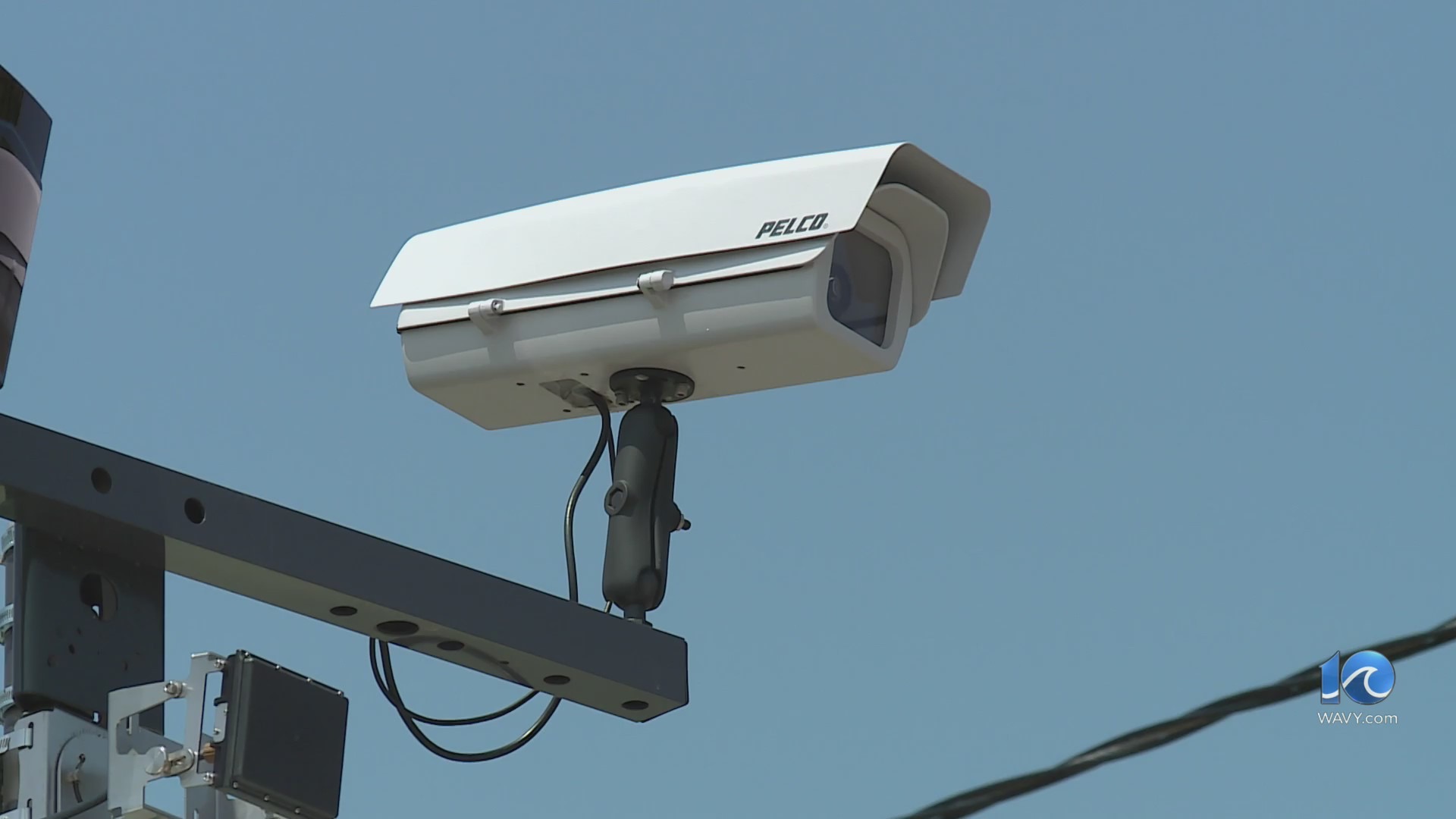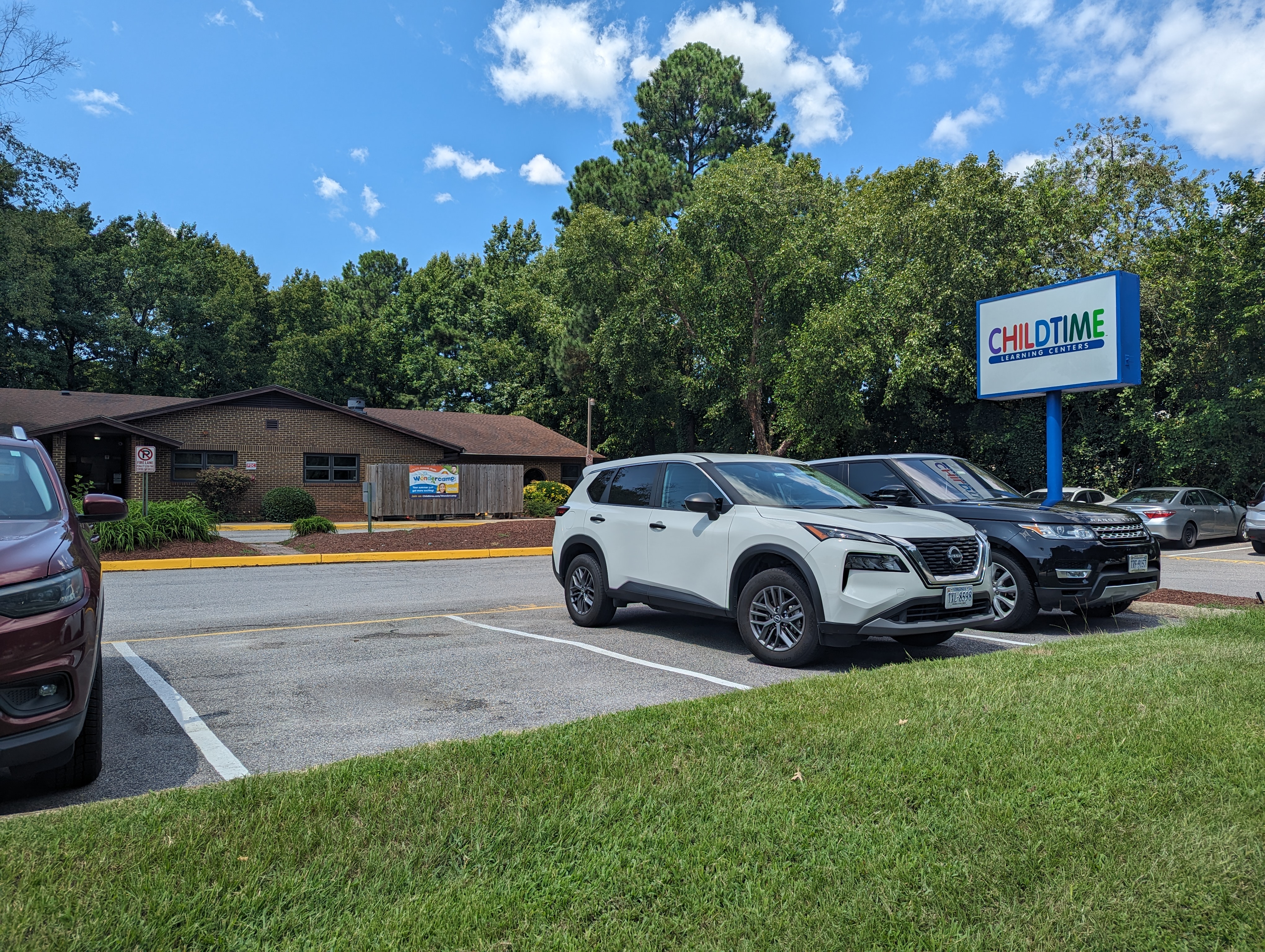WASHINGTON (AP) — David Perry recalls being young and gay in 1980s Washington D.C. and having “an absolute blast.” He was fresh out of college, raised in Richmond, Virginia, and had long viewed the nation’s capital as “the big city” where he could finally embrace his true self.
He came out of the closet here, got a job at the National Endowment for the Arts where his boss was a gay Republican, and “lost my virginity in D.C. on August 27, 1980,” he says, chuckling.
The bars and clubs were packed with gay men and women — Republican and Democrat — and almost all of them deep in the closet.
“There were a lot of gay men in D.C., and they all seemed to work for the White House or members of Congress. It was kind of a joke. This was pre-Internet, pre-Facebook, pre-all of that. So people could be kind of on the down-low. You would run into congresspeople at the bar,” Perry says. “The closet was pretty transparent. It’s just that no one talked about it.”
He also remembers a billboard near the Dupont Circle Metro station with a counter ticking off the total number of of AIDS deaths in the District of Columbia.
“I remember when the number was three,” says Perry, 63.
Now Perry, a public relations professional in San Francisco, is part of a generation that can find itself overshadowed amidst the after-parties and DJ sets of World Pride, which wraps up this weekend with a two-day block party on Pennsylvania Avenue. Advocates warn of a quiet crisis among retirement-age LGBTQ+ people and a community at risk of becoming marginalized inside their own community.
“It’s really easy for Pride to be about young people and parties,” says Sophie Fisher, LGBTQ program coordinator for Seabury Resources for Aging, a company that runs queer-friendly retirement homes and assisted-living facilities and which organized a pair of Silver Pride events last month for LGBTQ+ people over age 55.
These were “the first people through the wall” in the battle for gay rights and protections, Fisher says. Now, “they kind of get swept under the rug.”
Loneliness and isolation
The challenges and obstacles for elderly LGBTQ+ people can be daunting.
“We’re a society that really values youth as is. When you throw in LGBTQ on top of that, it’s a double whammy,” says Christina Da Costa of the group SAGE — Services and Advocacy for Gay, Lesbian, Bisexual and Transgender Elders. “When you combine so many factors, you have a population that’s a lot less likely to thrive than their younger brethren.”
Older LGBTQ+ people are far more likely to have no contact with their family and less likely to have children to help care for them, Da Costa says. Gay men over 60 are the precise generation that saw their peer group decimated by AIDS. The result: chronic loneliness and isolation.
“As you age, it becomes difficult to find your peer group because you don’t go out to bars anymore,” says Yvonne Smith, a 73-year-old D.C. resident who moved to Washington at age 14. “There are people isolated and alone out there.”
These seniors are also often poorer than their younger brethren. Many were kicked out of the house the moment they came out of the closet, and being openly queer or nonbinary could make you unemployable or vulnerable to firing deep into the 1990s.
“You didn’t want to be coming out of a gay bar, see one of your co-workers or one of your students,” Smith says. “People were afraid that if it was known you were gay, they would lose their security clearance or not be hired at all.”
In April, founders cut the ribbon on Mary’s House, a new 15-unit living facility for LGBTQ+ seniors in southeast Washington. These kind of inclusive senior-care centers are becoming an increasing priority for LGBTQ+ elders.
Rayceen Pendarvis, a D.C. queer icon, performer and presenter, says older community members who enter retirement homes or assisted-living centers can face social isolation or hostility from judgmental residents.
“As we age, we lose our peers. We lose our loved ones and some of us no longer have the ability to maintain our homes,” says Pendarvis, who identifies as “two-spirit” and eschews all pronouns. “Sometimes they go in, and they go back into the closet. It’s very painful for some.”
A generation gap
Perry and others see a clear divide between their generation and the younger LGBTQ+ crowd. Younger people, Perry says, drink and smoke a lot less and do much less bar-hopping in the dating-app age.
Others can’t help but gripe a bit about how these youngsters don’t know how good they have it.
“They take all these protections for granted,” Smith says.
The younger generation “got comfortable,” Pendarvis says, and sometimes doesn’t fully understand the multigenerational fight that came before.
“We had to fight to get the rights that we have today,” Pendarvis said. “We fought for a place at the table. We CREATED the table!”
Now that fight is on again as President Donald Trump’s administration sets the community on edge with an open culture war targeting trans protections and drag shows, and enforcing a binary view of gender identity.
The struggle against that campaign may be complicated by a quiet reality inside the LGBTQ+ community: These issues remain a topic of controversy among some LGBTQ+ seniors.
Perry said he has observed that some older lesbians remain leery of trans women; likewise, he said, some older gay men are leery of the drag-queen phenomenon.
“There is a good deal of generational sensitivity that needs to be practiced by our older gay brethren,” he says. “The gender fluidity that has come about in the last 15 years, I would be lying if I said I didn’t have to adjust my understanding of it sometimes.”
Despite the internal complexities, many are hoping to see a renewed sense of militancy and street politics in the younger LGBTQ+ generation. Sunday’s rally and March for Freedom, starting at the Lincoln Memorial, is expected to be particularly defiant given the 2025 context.
“I think we’re going to see a whole new era of activism,” Perry says. “I think we will find our spine and our walking shoes – maybe orthopedic – and protest again. But I really hope that the younger generation helps us pick up this torch.”






